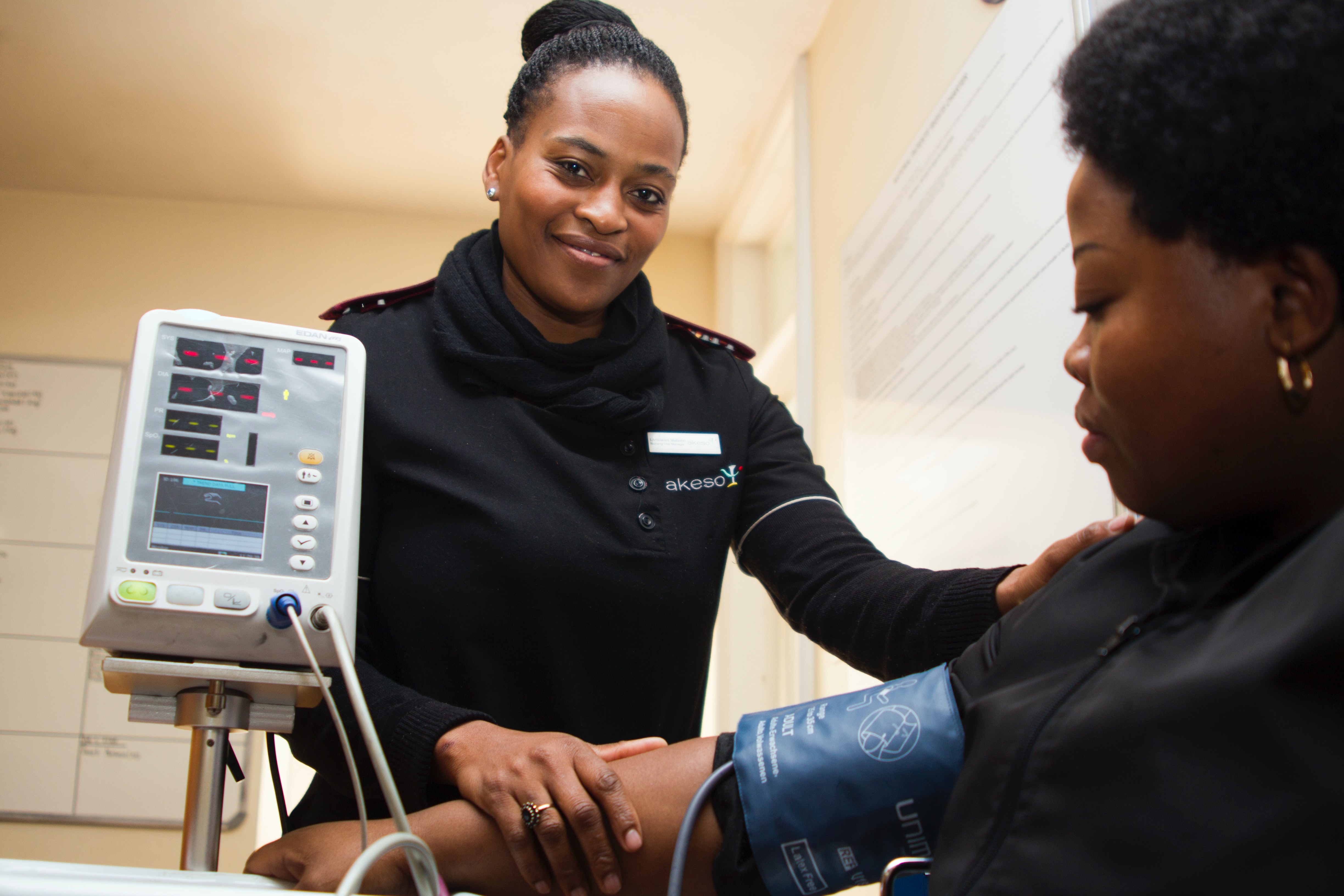One of the highlights – for me – of last week’s NIHR Information Day was the talk given by the University of Greenwich’s Dr Gail Gilchrist. She was refreshingly frank about her experience of applying to the Research for Patient Benefit (RfPB) scheme, and gave us a really useful overview of the benefits, the essential elements of a good application, the issues faced, and the differences between RfPB and other research programmes.
Benefits of RfPB
For Gilchrist, the benefits of RfPB were that it was ‘responsive mode’, i.e. it wasn’t restricted to specific topics, unlike some other areas of NIHR funding. Moreover, it encouraged proposals for a wide range of areas, including social care and new interventions. She also thought – anecdotally – that it was a necessary first step to getting larger funding from the NIHR.
Essential Elements of a Good Application
Gilchrist prefaced this by stating that she was still waiting to hear back on the outcome of her application, so that whilst she believed that her application had the essential elements, there was no guarantee of success. She deferred to Prof Chris Salisbury (Bristol) who clearly set out the three key factors of good NIHR applications:
As with many other funders, applicants need to make sure:
- That the research question is important;
- That getting an answer is feasible;
- That the methodology for answering the question is sound and appropriate;
- That it can be understood by both clinicians, methodologists, patients and the public;
- That the team is appropriate, multidisciplinary, and sufficiently experienced.
- The challenge of building an appropriate, multidisciplinary team;
- Ensuring access to NHS sites;
- Meaningfully engaging with service users;
- Developing local partnerships/steering committees/advisory groups;
- Estimating the numbers of participants necessary;
- Deciding on the most appropriate form of dissemination.
- Get all relevant people on board before writing. It takes time to get all the people registered, with the necessary CVs uploaded and approved. Remember, public and patient involvement (PPI) is crucial, but it can be time consuming. In addition, working with large NHS organisations isn’t always straightforward, which leads on to the second point:
- Don’t leave it until the last minute.
- Be aware of word count, and make sure to save your draft application regularly.
- Review and revise. Peer and lay review is incredibly helpful.
- Public and patient involvement (PPI) is crucial;
- Research should have strong impact or translation potential;
- Awards are made to the NHS, not the university;
- NIHR Networks need to be involved.
Photo by Hush Naidoo on Unsplash

